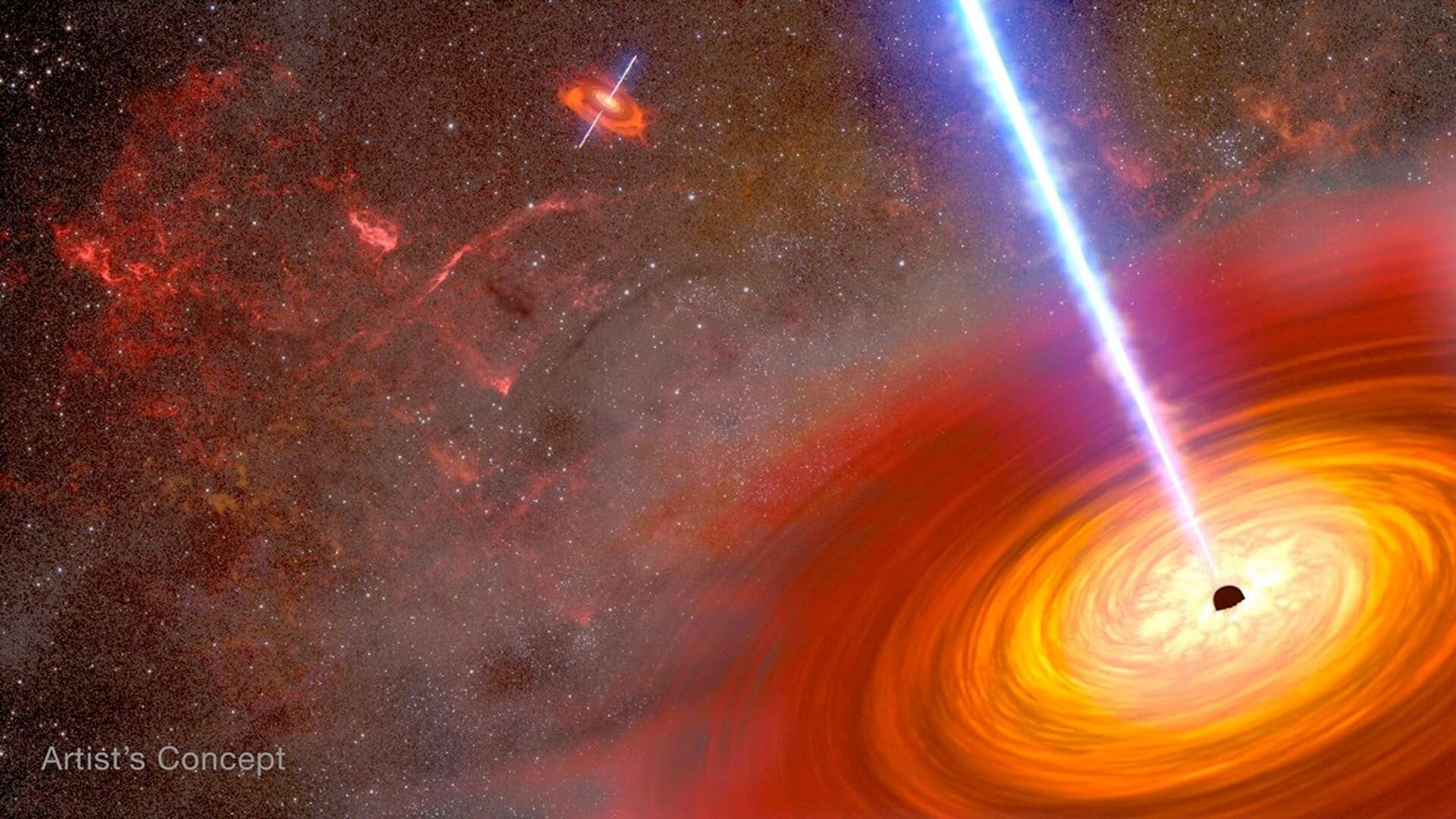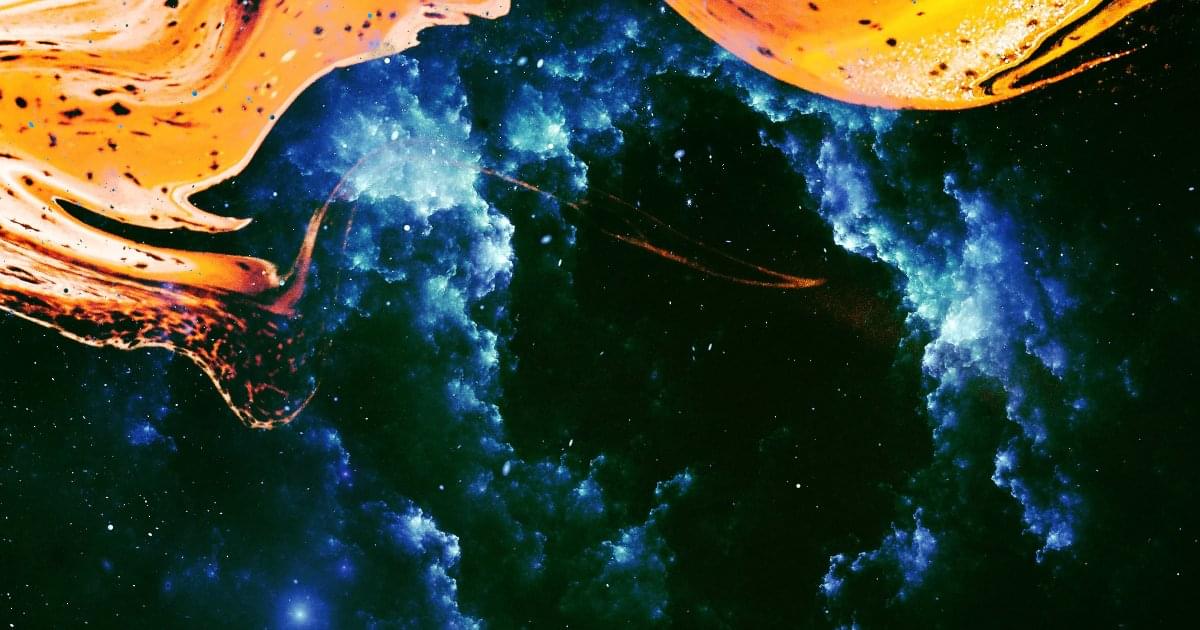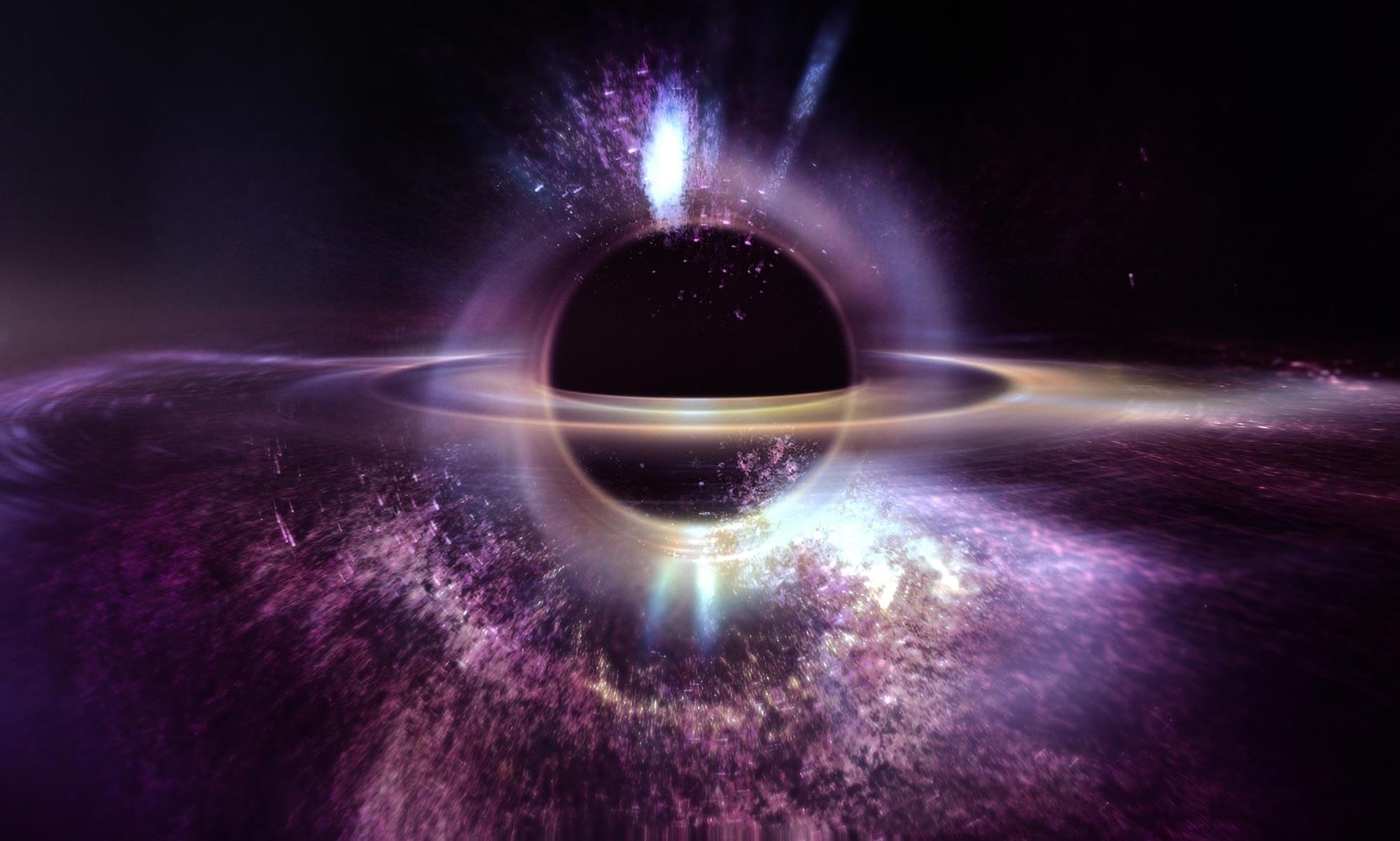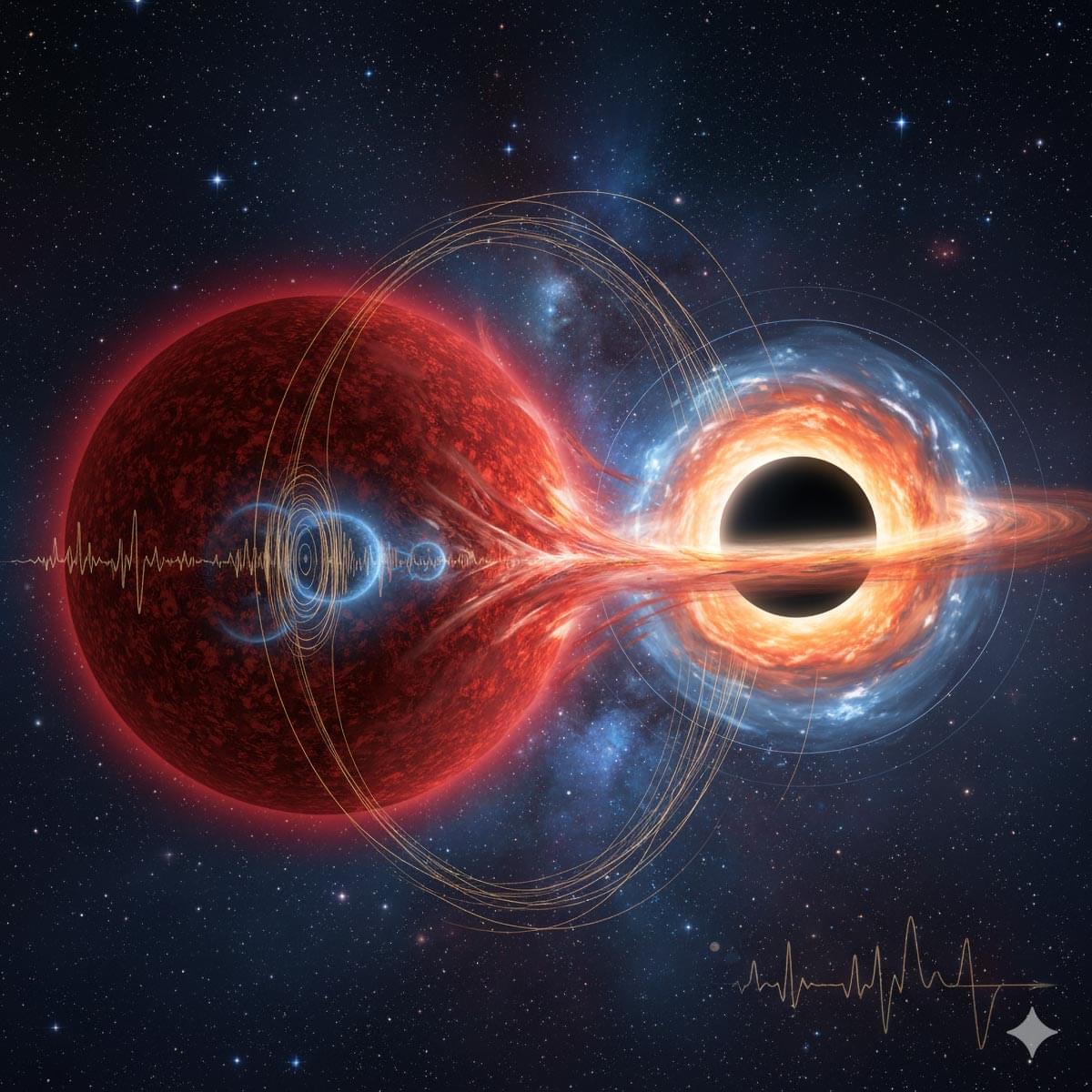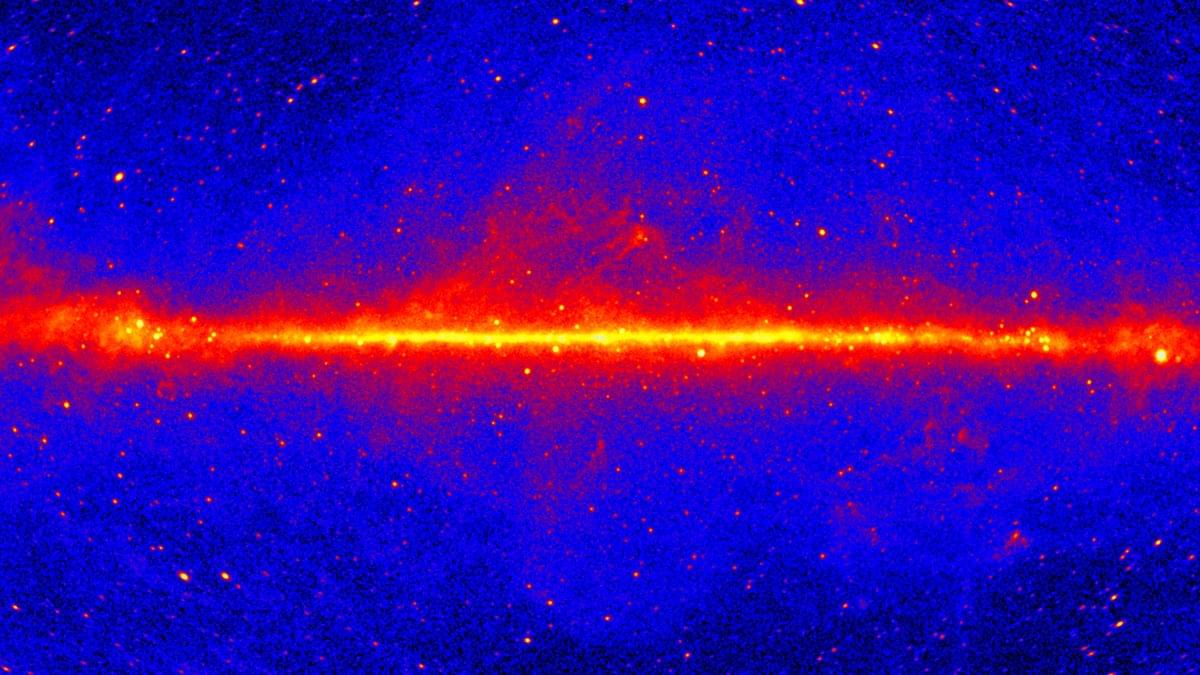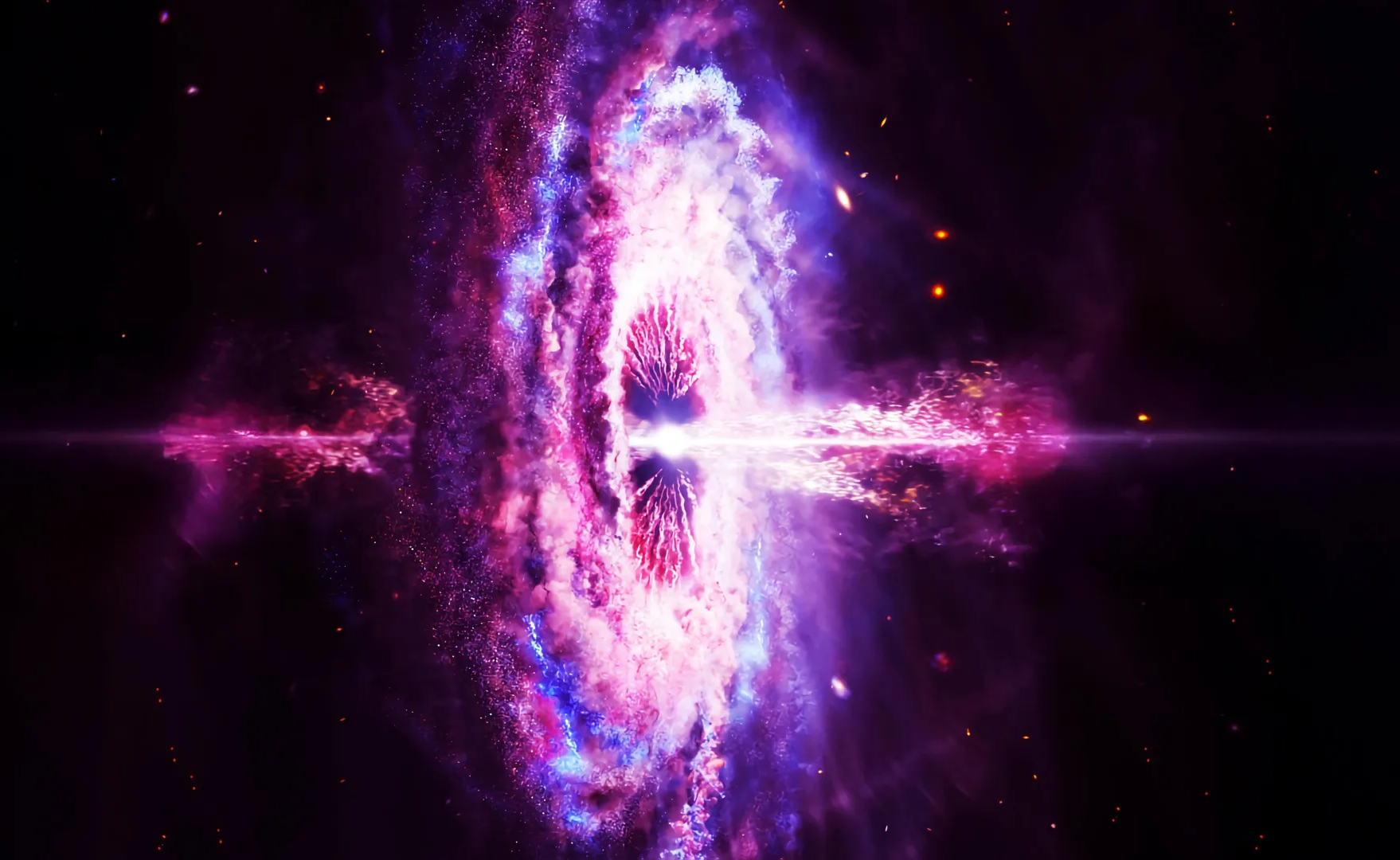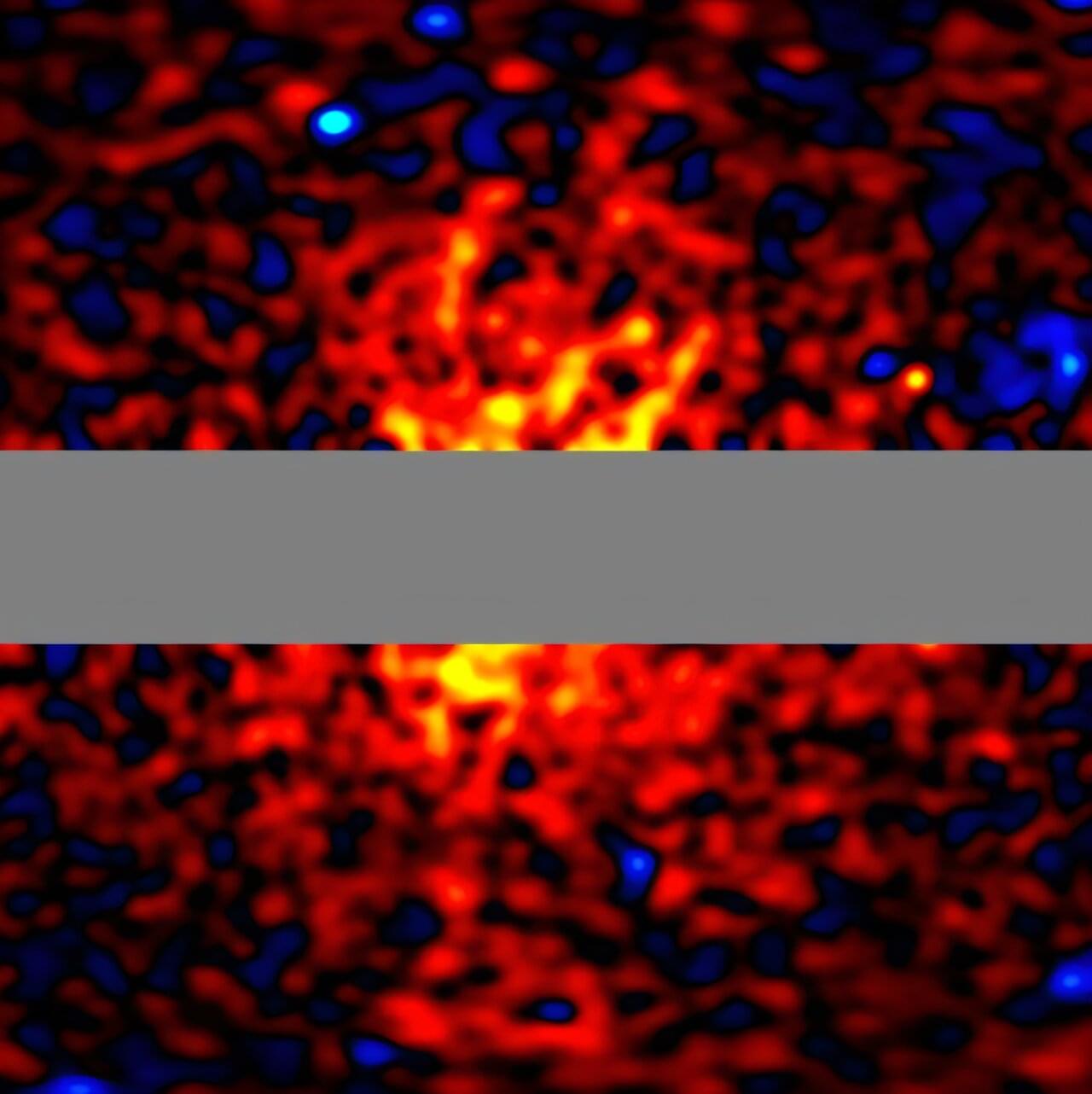In a study published in Physical Review Letters, physicists have demonstrated that black holes satisfy the third law of thermodynamics, which states that entropy remains positive and vanishes at extremely low temperatures, just like ordinary quantum systems. The finding provides strong evidence that black holes possess isolated ground states, a hallmark of quantum mechanical behavior.
Understanding gravity’s quantum behavior is among the biggest open questions facing modern physics. Black holes are used as laboratories for investigating quantum gravity, particularly at low temperatures where quantum effects become visible.
Prior calculations showed that black hole entropy might become negative at low temperatures, a result that appeared physically puzzling. In this work, researchers addressed the paradox by incorporating wormhole effects in the two-dimensional Jackiw-Teitelboim (JT) gravity model.
